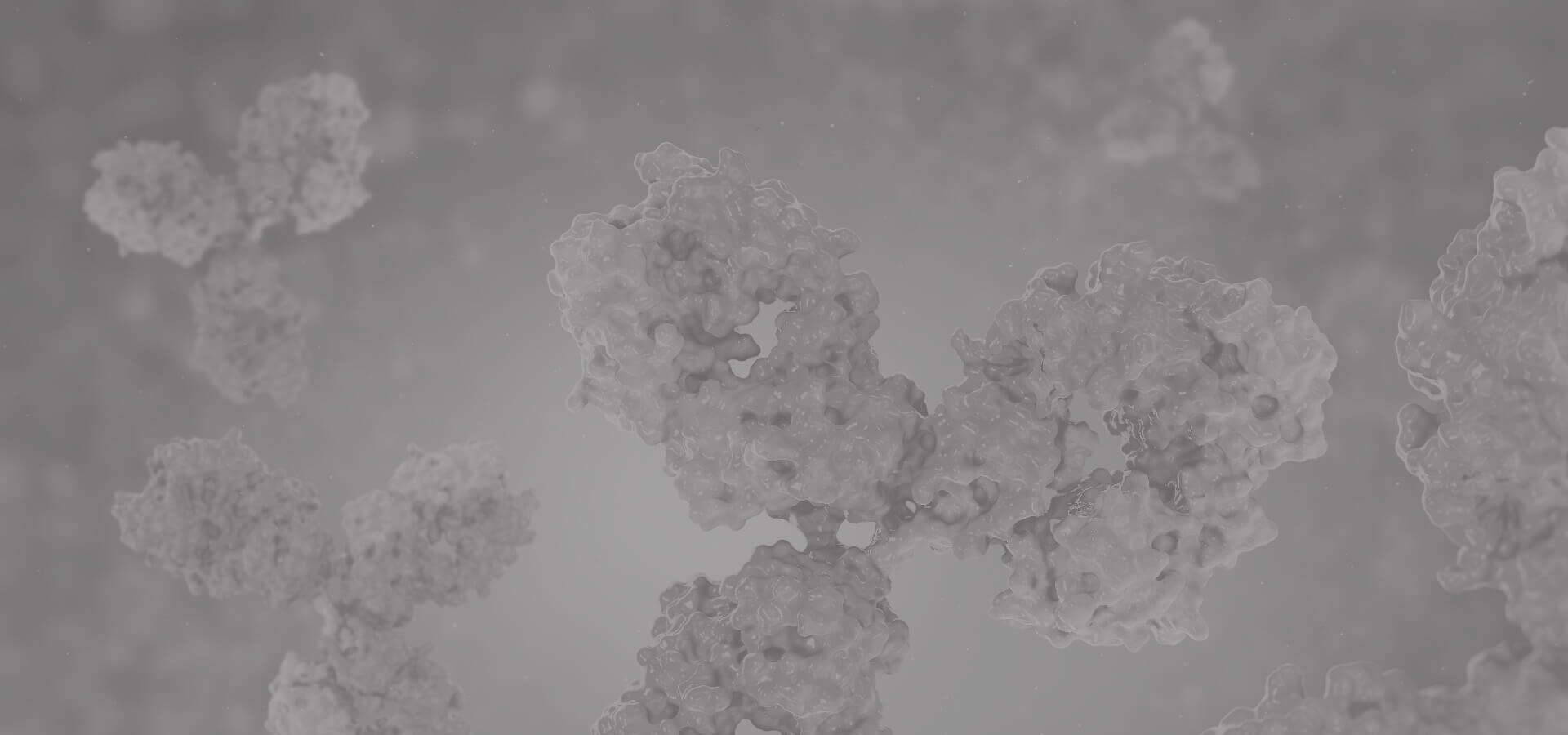NMNAT1
This gene encodes an enzyme which catalyzes a key step in the biosynthesis of nicotinamide adenine dinucleotide (NAD). The encoded enzyme is one of several nicotinamide nucleotide adenylyltransferases, and is specifically localized to the cell nucleus. Activity of this protein leads to the activation of a nuclear deacetylase that functions in the protection of damaged neurons. Mutations in this gene have been associated with Leber congenital amaurosis 9. Alternative splicing results in multiple transcript variants. Pseudogenes of this gene are located on chromosomes 1, 3, 4, 14, and 15. [provided by RefSeq, Jul 2014]
Full Name
Nicotinamide Nucleotide Adenylyltransferase 1
Function
Catalyzes the formation of NAD+ from nicotinamide mononucleotide (NMN) and ATP (PubMed:17402747).
Can also use the deamidated form; nicotinic acid mononucleotide (NaMN) as substrate with the same efficiency (PubMed:17402747).
Can use triazofurin monophosphate (TrMP) as substrate (PubMed:17402747).
Also catalyzes the reverse reaction, i.e. the pyrophosphorolytic cleavage of NAD+ (PubMed:17402747).
For the pyrophosphorolytic activity, prefers NAD+ and NaAD as substrates and degrades NADH, nicotinic acid adenine dinucleotide phosphate (NHD) and nicotinamide guanine dinucleotide (NGD) less effectively (PubMed:17402747).
Involved in the synthesis of ATP in the nucleus, together with PARP1, PARG and NUDT5 (PubMed:27257257).
Nuclear ATP generation is required for extensive chromatin remodeling events that are energy-consuming (PubMed:27257257).
Fails to cleave phosphorylated dinucleotides NADP+, NADPH and NaADP+ (PubMed:17402747).
Protects against axonal degeneration following mechanical or toxic insults (By similarity).
Can also use the deamidated form; nicotinic acid mononucleotide (NaMN) as substrate with the same efficiency (PubMed:17402747).
Can use triazofurin monophosphate (TrMP) as substrate (PubMed:17402747).
Also catalyzes the reverse reaction, i.e. the pyrophosphorolytic cleavage of NAD+ (PubMed:17402747).
For the pyrophosphorolytic activity, prefers NAD+ and NaAD as substrates and degrades NADH, nicotinic acid adenine dinucleotide phosphate (NHD) and nicotinamide guanine dinucleotide (NGD) less effectively (PubMed:17402747).
Involved in the synthesis of ATP in the nucleus, together with PARP1, PARG and NUDT5 (PubMed:27257257).
Nuclear ATP generation is required for extensive chromatin remodeling events that are energy-consuming (PubMed:27257257).
Fails to cleave phosphorylated dinucleotides NADP+, NADPH and NaADP+ (PubMed:17402747).
Protects against axonal degeneration following mechanical or toxic insults (By similarity).
Biological Process
ATP generation from poly-ADP-D-riboseManual Assertion Based On ExperimentIDA:UniProtKB
NAD biosynthetic processManual Assertion Based On ExperimentIBA:GO_Central
Negative regulation of neuron deathIEA:Ensembl
Nucleotide biosynthetic process1 PublicationIC:UniProtKB
Response to woundingIEA:Ensembl
NAD biosynthetic processManual Assertion Based On ExperimentIBA:GO_Central
Negative regulation of neuron deathIEA:Ensembl
Nucleotide biosynthetic process1 PublicationIC:UniProtKB
Response to woundingIEA:Ensembl
Cellular Location
Nucleus
Involvement in disease
Leber congenital amaurosis 9 (LCA9):
A severe dystrophy of the retina, typically becoming evident in the first years of life. Visual function is usually poor and often accompanied by nystagmus, sluggish or near-absent pupillary responses, photophobia, high hyperopia and keratoconus.
Spondyloepiphyseal dysplasia, sensorineural hearing loss, impaired intellectual development, and Leber congenital amaurosis (SHILCA):
An autosomal recessive disorder characterized by early-onset retinal degeneration, sensorineural hearing loss, short stature due to spondyloepiphyseal dysplasia, and motor and intellectual delay. Brain imaging shows abnormalities including delayed myelination, leukoencephalopathy, and cerebellar hypoplasia.
A severe dystrophy of the retina, typically becoming evident in the first years of life. Visual function is usually poor and often accompanied by nystagmus, sluggish or near-absent pupillary responses, photophobia, high hyperopia and keratoconus.
Spondyloepiphyseal dysplasia, sensorineural hearing loss, impaired intellectual development, and Leber congenital amaurosis (SHILCA):
An autosomal recessive disorder characterized by early-onset retinal degeneration, sensorineural hearing loss, short stature due to spondyloepiphyseal dysplasia, and motor and intellectual delay. Brain imaging shows abnormalities including delayed myelination, leukoencephalopathy, and cerebellar hypoplasia.
View more
Anti-NMNAT1 antibodies
+ Filters
 Loading...
Loading...
Target: NMNAT1
Host: Mouse
Antibody Isotype: IgG2b, κ
Specificity: Human
Clone: A1377
Application*: Dot blot, ELISA, WB
Target: NMNAT1
Host: Rabbit
Antibody Isotype: IgG
Specificity: Human
Clone: D7O4N
Application*: WB, IP
Target: NMNAT1
Host: Mouse
Specificity: Human
Clone: CBWJN-0540
Application*: WB
Target: NMNAT1
Host: Mouse
Antibody Isotype: IgG1
Specificity: Human
Clone: 1G4
Application*: WB, F, IH, P
Target: NMNAT1
Host: Mouse
Antibody Isotype: IgG1
Specificity: Human
Clone: 1F7
Application*: WB, IF
Target: NMNAT1
Host: Mouse
Antibody Isotype: IgG2b
Specificity: Human
Clone: CBWJN-1453
Application*: IH
Target: NMNAT1
Host: Mouse
Antibody Isotype: IgG2b
Specificity: Human
Clone: AT4A2
Application*: E, WB
Target: NMNAT1
Host: Mouse
Antibody Isotype: IgG2b, κ
Specificity: Human
Clone: 4A2
Application*: WB, F, E
Target: NMNAT1
Host: Mouse
Antibody Isotype: IgG1
Specificity: Human
Clone: CBWJN-0319
Application*: DB, IC, WB
Target: NMNAT1
Host: Mouse
Specificity: Human
Clone: CBWJN-0266
Application*: E, WB
Target: NMNAT1
Host: Mouse
Antibody Isotype: IgG1
Specificity: Human
Clone: 2642C5a
Application*: DB, WB
More Infomation
Hot products 
-
Mouse Anti-ACO2 Recombinant Antibody (V2-179329) (CBMAB-A0627-YC)

-
Mouse Anti-ARHGDIA Recombinant Antibody (CBCNA-009) (CBMAB-R0415-CN)

-
Mouse Anti-ATP1B1 Recombinant Antibody (E4) (CBMAB-0463-LY)

-
Mouse Anti-AMOT Recombinant Antibody (CBYC-A564) (CBMAB-A2552-YC)

-
Rat Anti-EPO Recombinant Antibody (16) (CBMAB-E1578-FY)

-
Mouse Anti-ACTB Recombinant Antibody (V2-179553) (CBMAB-A0870-YC)

-
Mouse Anti-BBS2 Recombinant Antibody (CBYY-0253) (CBMAB-0254-YY)

-
Mouse Anti-CTCF Recombinant Antibody (CBFYC-2371) (CBMAB-C2443-FY)

-
Mouse Anti-CECR2 Recombinant Antibody (CBWJC-2465) (CBMAB-C3533WJ)

-
Mouse Anti-CD46 Recombinant Antibody (CBFYC-0076) (CBMAB-C0085-FY)

-
Mouse Anti-CCN2 Recombinant Antibody (CBFYC-2383) (CBMAB-C2456-FY)

-
Mouse Anti-CFL1 (Phospho-Ser3) Recombinant Antibody (CBFYC-1770) (CBMAB-C1832-FY)

-
Mouse Anti-CEMIP Recombinant Antibody (3C12) (CBMAB-K0296-LY)

-
Mouse Anti-NSUN6 Recombinant Antibody (D-5) (CBMAB-N3674-WJ)

-
Mouse Anti-BIRC7 Recombinant Antibody (88C570) (CBMAB-L0261-YJ)

-
Rat Anti-CD34 Recombinant Antibody (MEC 14.7) (CBMAB-C10196-LY)

-
Mouse Anti-AKT1 (Phosphorylated S473) Recombinant Antibody (V2-505430) (PTM-CBMAB-0067LY)

-
Mouse Anti-ALB Recombinant Antibody (V2-363290) (CBMAB-S0173-CQ)

-
Mouse Anti-AKR1C3 Recombinant Antibody (V2-12560) (CBMAB-1050-CN)

-
Rabbit Anti-CCN1 Recombinant Antibody (CBWJC-3580) (CBMAB-C4816WJ)

For Research Use Only. Not For Clinical Use.
(P): Predicted
* Abbreviations
- AActivation
- AGAgonist
- APApoptosis
- BBlocking
- BABioassay
- BIBioimaging
- CImmunohistochemistry-Frozen Sections
- CIChromatin Immunoprecipitation
- CTCytotoxicity
- CSCostimulation
- DDepletion
- DBDot Blot
- EELISA
- ECELISA(Cap)
- EDELISA(Det)
- ESELISpot
- EMElectron Microscopy
- FFlow Cytometry
- FNFunction Assay
- GSGel Supershift
- IInhibition
- IAEnzyme Immunoassay
- ICImmunocytochemistry
- IDImmunodiffusion
- IEImmunoelectrophoresis
- IFImmunofluorescence
- IGImmunochromatography
- IHImmunohistochemistry
- IMImmunomicroscopy
- IOImmunoassay
- IPImmunoprecipitation
- ISIntracellular Staining for Flow Cytometry
- LALuminex Assay
- LFLateral Flow Immunoassay
- MMicroarray
- MCMass Cytometry/CyTOF
- MDMeDIP
- MSElectrophoretic Mobility Shift Assay
- NNeutralization
- PImmunohistologyp-Paraffin Sections
- PAPeptide Array
- PEPeptide ELISA
- PLProximity Ligation Assay
- RRadioimmunoassay
- SStimulation
- SESandwich ELISA
- SHIn situ hybridization
- TCTissue Culture
- WBWestern Blot

Online Inquiry







